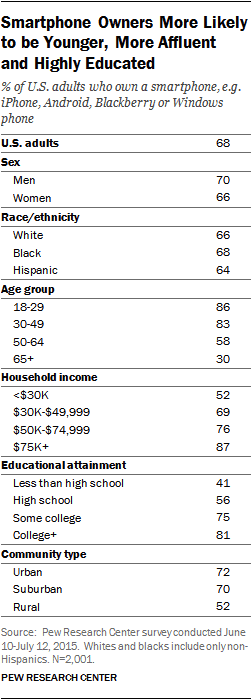Now Playing on the Digital Small Screen: Healthcare Marketing
 I don’t remember exactly when the first flat screen television appeared in a retail store. It’s been a while, but at least some of our readers will recollect a time when the bulky cathode ray tube (CRT) defined the profile of everyone’s television set.
I don’t remember exactly when the first flat screen television appeared in a retail store. It’s been a while, but at least some of our readers will recollect a time when the bulky cathode ray tube (CRT) defined the profile of everyone’s television set.
 What I do recall about the then-new “flat screen” television was its breakthrough slim shape, and an out-of-reach $10,000-$15,000 price tag. And, as Arthur C. Clarke might have observed: “Any sufficiently advanced technology is indistinguishable from magic.”
What I do recall about the then-new “flat screen” television was its breakthrough slim shape, and an out-of-reach $10,000-$15,000 price tag. And, as Arthur C. Clarke might have observed: “Any sufficiently advanced technology is indistinguishable from magic.”
That might have seemed magical for a moment, but it didn’t last; economies of scale shrunk the price, exploded the market and forever changed the expectations of the consumer. That early flat screen--for television sets and (later) computer monitors--was a techno-grandparent.
Today, the home TV screen is skinny, smart and much more affordable. And then there’s the “shrinking” branch of the family, where crystal clear and super-smart computer devices fit in you pocket. That should be amazing, but since virtually everyone owns one or more mobile device, the magic is lost.
Healthcare marketing and ubiquitous small screen devices…
“Small screen” ownership is at the mainstream level in the US. Nearly 70 percent of Americans have smartphones, according to the 2015 Technology Device Ownership report by Pew Research Center. The number has doubled in the past five years. Plus, nearly half (45 percent) have tablet computers.
As healthcare marketing professionals recognize, the Internet is the most common first stop on a new patient’s journey. And the smartphone is fast becoming the device of choice. Significantly, the Pew research says: “The rise of the smartphone has had a major social, political and cultural impact. It has changed the way people reach their friends, obtain data and media, and share their lives." What's more, Google consumer surveys tell us:
- Two-thirds of smartphone owners use their phones to learn about something they say in a TV commercial.
- Some 61 percent of mobile searches result in a phone call.
- While desktop searches are leveling off, say Google, mobile searches are overtaking desktop.
Younger, affluent, educated…
“Smartphone ownership is nearing the saturation point with some groups: 86% of those ages 18-29 have a smartphone, as do 83% of those ages 30-49, and 87% of those living in households earning $75,000 and up annually.”
The complete report is a worthwhile read for marketing planners and healthcare executives. But one of the most interesting charts reveals that smartphone owners are more likely to be younger, more affluent and highly educated.
For related reading, see: 10 More Compelling Reasons Healthcare Marketing Absolutely Must “Think Mobile,” and Get Small: The Digital World is a Mobile World.








